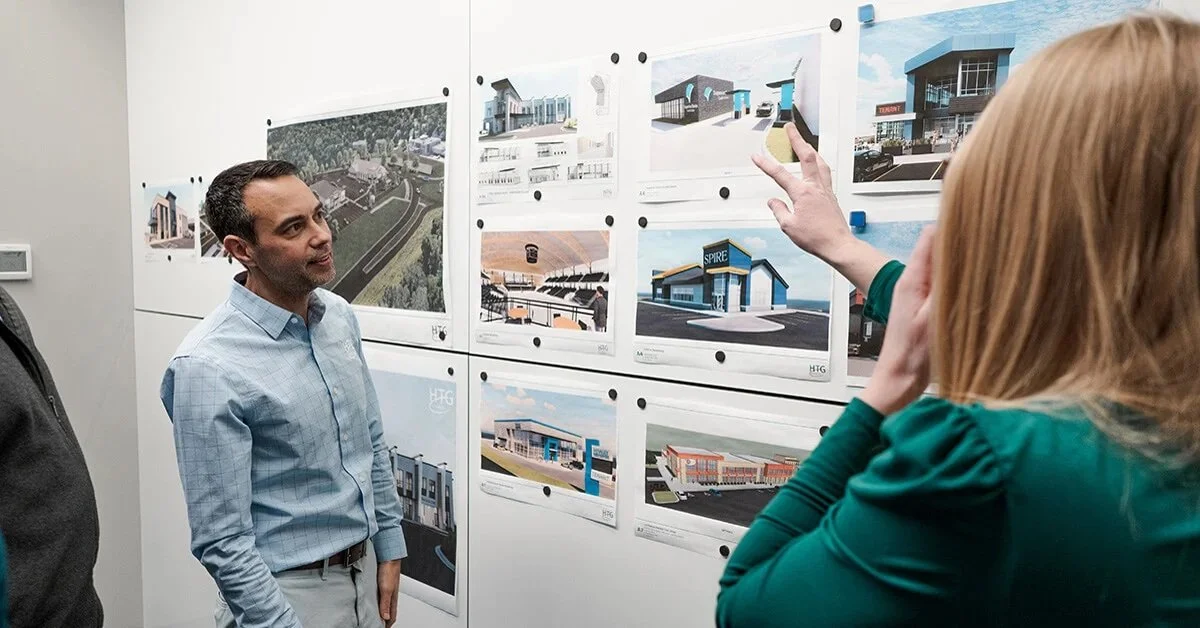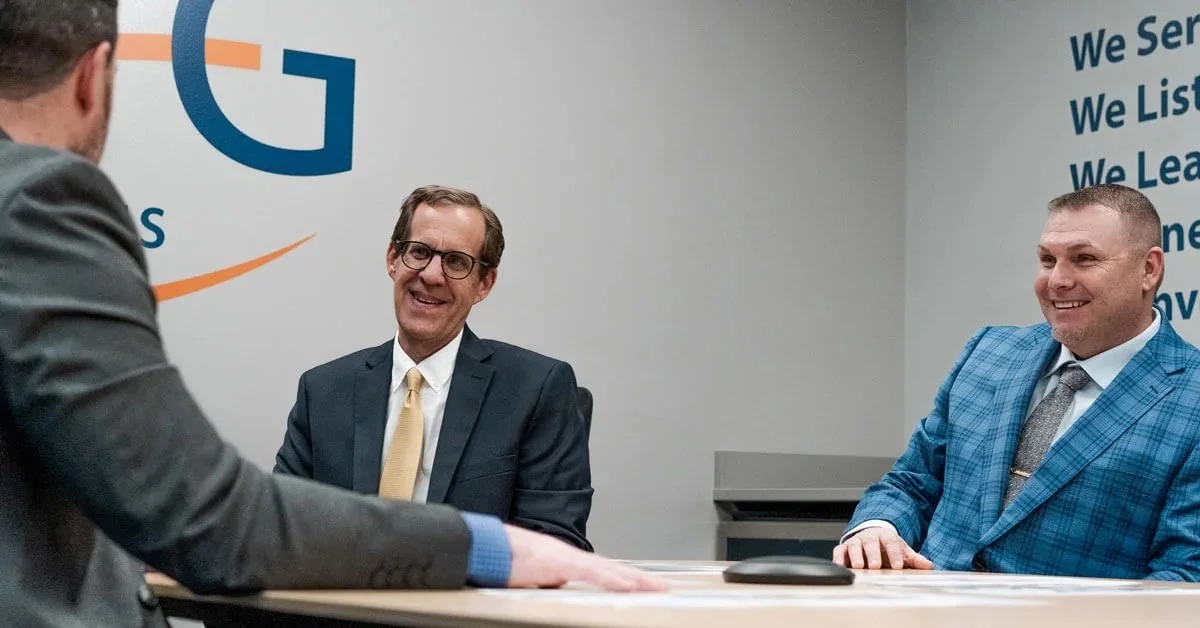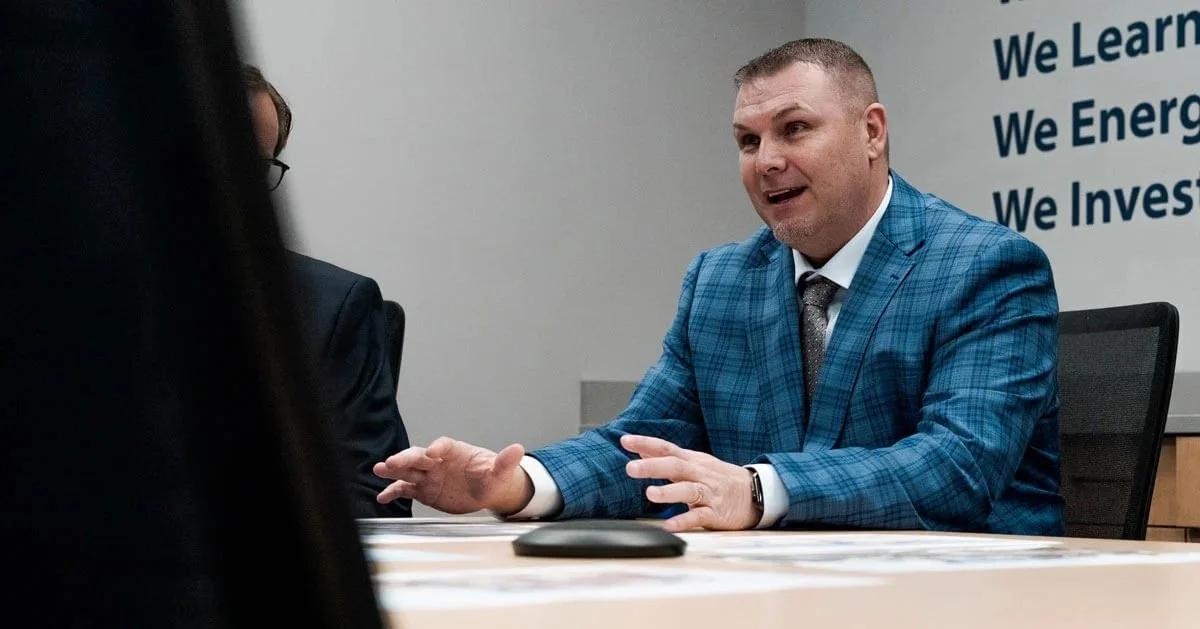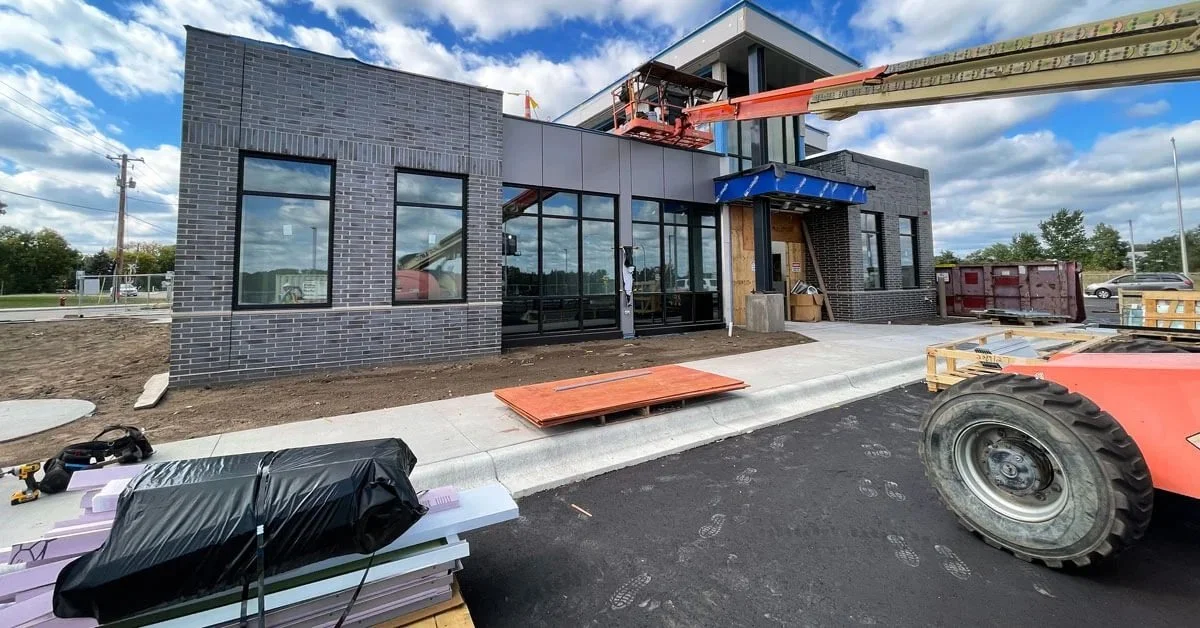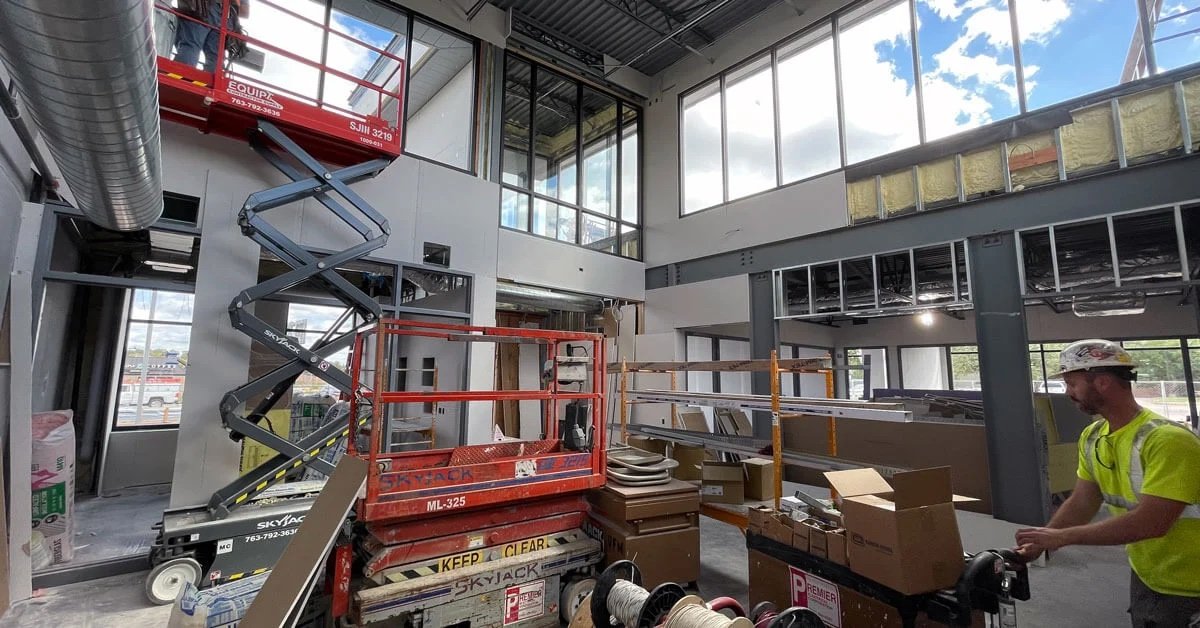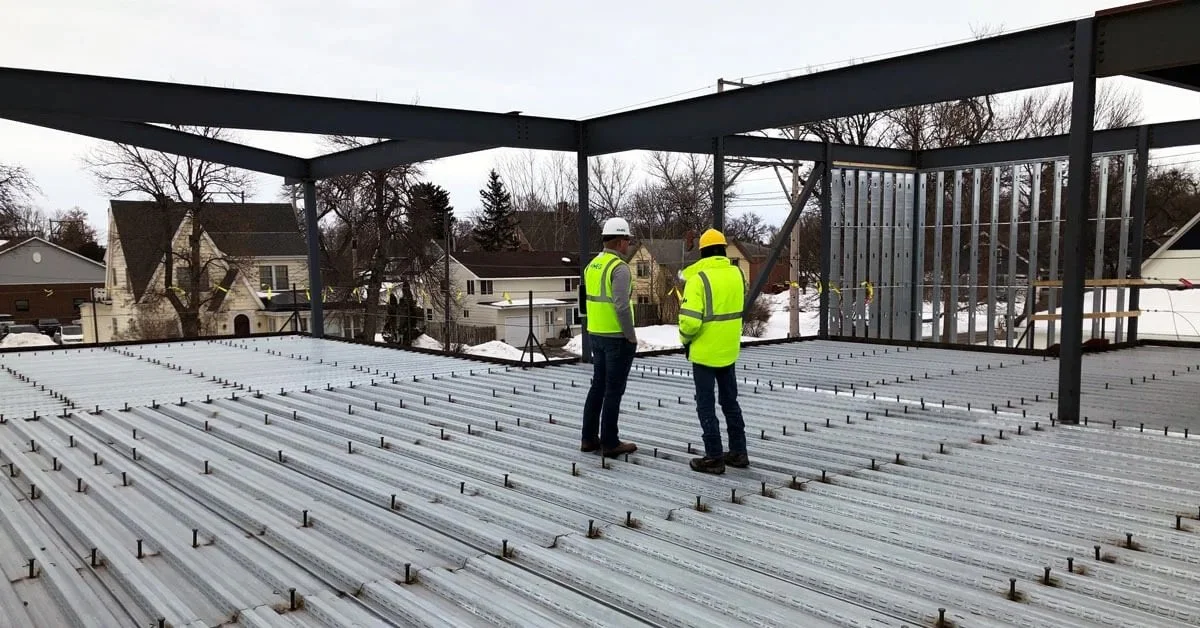What Vendor Coordination Is & Why You Need Help With It
An architecture project is like a puzzle. The pieces come in various shapes and sizes, and each is essential to the success of the project. But just like a puzzle, even a single missing piece is noticeable when looking at the final result.
Vendor coordination is one seemingly small and often overlooked piece of an architectural project. When it's mishandled, inefficiencies tend to show up in the final product. Let's discuss what vendor coordination is and the critical role it plays in architecture.
What is Vendor Coordination?
Vendor coordination in architecture involves collaborating with suppliers to ensure their products and services align with a project’s design specifications. It includes researching and sourcing vendors, requesting and evaluating quotes, assessing capabilities, negotiating contracts, making payments and ensuring everything goes as planned.
Here are a few examples of project components that require coordination:
Furniture, fixtures and equipment
Merchandising displays and signage
Technology and communication systems
Benefits of Vendor Coordination
While many assume vendor coordination is about negotiating the best prices, that's only a small part of the process. Effective vendor coordination is about increasing overall efficiencies throughout a project. Overall, it is usually best to select a vendor or product based on qualifications and quality, instead of price.
Architects can provide valuable expertise in project design, technical knowledge of construction materials and efficient communication skills to ensure that the products and services provided by vendors align with the project's design goals. They can also help identify cost savings, minimize the risk of design errors and ensure the project meets your desired standards.
How Does Vendor Coordination Work?
Depending on the nature and size of a project, vendor coordination typically takes place when construction starts to help provide a total cost estimate. Basically, every product that will go into your building, and the services to support those products, requires vendor coordination. Below are the key steps.
1. Identifying and Selecting Vendors
Architects need to identify potential vendors for the required products and services. This involves researching and selecting suppliers, manufacturers and service providers who meet the project requirements and have a reputation for providing quality products and services.
2. Establishing Communication
Once vendors are identified, architects need to establish communication with them to discuss project requirements, timelines and expectations. This involves providing vendors with detailed specifications for the required supplies and engaging in ongoing communication to address any issues or concerns promptly.
3. Coordinating Deliveries
Architects must coordinate with vendors to ensure products and materials are delivered to the construction site as needed. This involves tracking orders, ensuring that products are delivered on time and addressing any potential delays or issues.
4. Overseeing Installation
Architects must work closely with vendors to provide detailed installation instructions to ensure that the products and materials are installed per the project specifications and design intent. This involves collaborating with vendors to identify potential installation challenges and developing solutions to address them.
5. Addressing Issues and Challenges
Throughout the construction process, architects must work closely with vendors to address any issues or concerns that may arise. This involves engaging in ongoing communication with vendors, conducting site visits to assess progress and addressing any design changes or challenges that occur.
The Impact of Relationships in Vendor Coordination
A vendor relationship is a business partnership that improves over time, making it an asset in successful vendor coordination.
When an architect has a well-established and longstanding relationship with a vendor, they better understand the vendor's capabilities, product offerings and delivery timelines, which can streamline the vendor coordination process.
Additionally, vendors are more likely to be responsive to an architect's requests and concerns when there is a pre-existing relationship of trust and mutual respect, ensuring that the project is completed efficiently and effectively within the agreed-upon timeline and budget.
Get Help With Vendor Coordination
At the end of the day, vendors provide essential products and services for your project. But vetting and coordinating vendor relationships is a lot to handle in addition to overseeing a new build. That’s where we come in.
At HTG Architects, we’ve been working (and networking) with vendors that specifically cater to the financial and recreation industries for decades. The fruits of our relationships become tangible benefits that we can pass on to you, including time and cost savings. We’ll handle all the necessary to-do items while you focus on leading the design and decision-making process.

